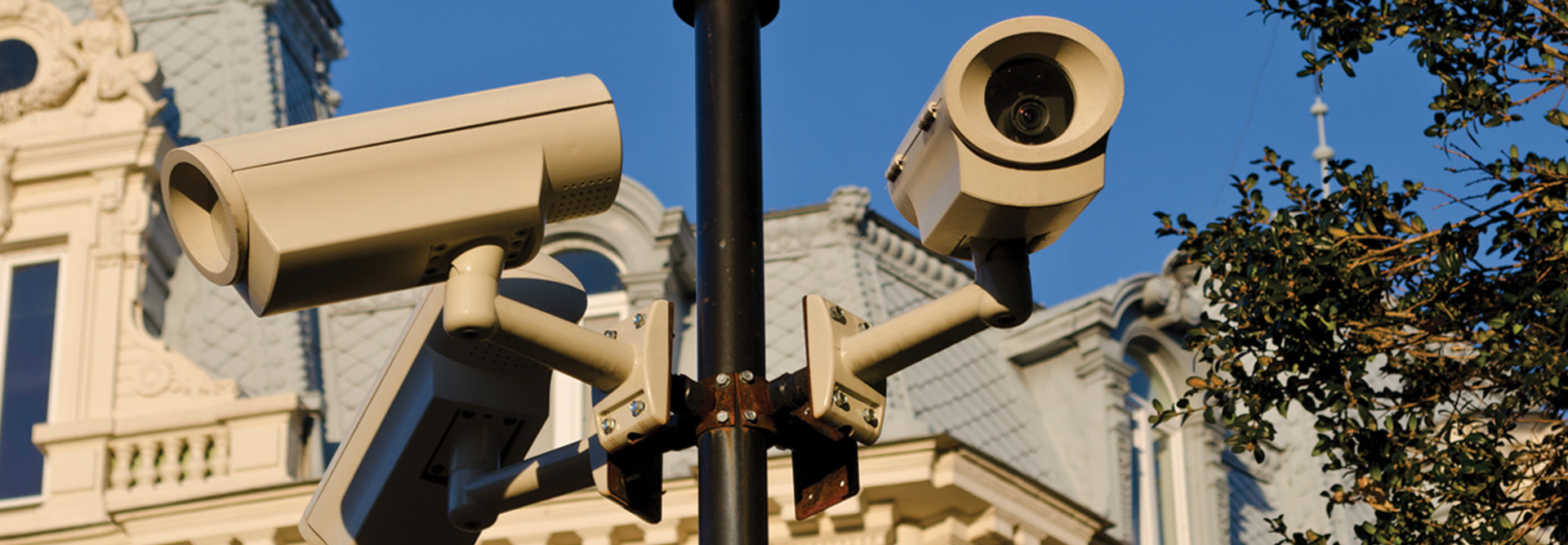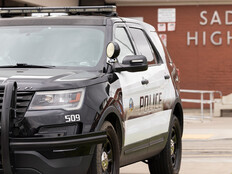Outdated systems, on the other hand, are reactive, forcing IT professionals or first responders to manually sift through hours of low-quality video to identify an individual or investigate an incident.
Too often, historic school buildings have security systems that are 20 years old or older. They have none of the capabilities of newer systems, and thanks to the often fragile infrastructure and red tape associated with historic buildings, they can be difficult to upgrade.
Getting New Security Technologies into Old School Buildings
Replacing an old security system is easier than installing one from scratch because the old system likely already has a conduit path for the new tech. This makes it easier to connect modern cameras to networking and power supplies.
Adding cameras and conduit paths to an old schoolhouse that has none proves more challenging. Not only do those paths need to be installed, but there are often strict parameters around maintaining the aesthetic of a historic building. This sometimes means IT teams can’t run visible cabling through a building and need to find a way to incorporate or hide various wires.
For schools feeling stymied by historical building regulations and dated architecture, working with a partner can help IT and facilities maintenance teams create a plan for physical safety upgrades. CDW’s experts have experience working in old buildings; they once dealt with a structure built on a foundation of logs, making it nearly impossible to bury cables.
MORE ON EDTECH: Find the funding for physical safety upgrades in K–12 schools.
Keeping Rapidly Growing Schools Connected
There are also challenges, particularly for small and independent schools, related to rapid expansion. When schools outgrow their building, they’re sometimes left scrambling for space. In these instances, temporary buildings tend to pop up on school grounds, but getting security tech and connectivity to these spaces may prove difficult, depending on their location.
This is where planning plays a role. Ensuring IT admins are involved in planning conversations can save K–12 leaders and educators from headaches down the road. Wireless and cloud-based technologies are key in these spaces, but schools can also consider trenching to run underground cables when leveling and grading for these buildings.
WATCH NOW: A Wi-Fi upgrade helped K–12 students build skills for life.
Alleviating the Community’s Concerns About New Tech
Sometimes, the biggest obstacle to a technology upgrade in a small or rural school isn’t the building infrastructure, but the outlook of community members.
Transparency and communication are crucial for K–12 school leadership in these cases, as it can help address pushback from families who are hesitant to change traditions in their small school. They may cite religious, political and family heritage beliefs to oppose the addition of new technologies, or they may simply not understand the need.
As an added challenge, small schools often lack on-staff expertise to address these issues in the building and with the community. Again, this is where a partner can help, by assuaging fears and bringing an expert’s perspective to the table. CDW thought leadership, guidance over time and school safety summits can help concerned community members understand the importance of tech upgrades, especially when it pertains to student safety.
This article is part of the ConnectIT: Bridging the Gap Between Education and Technology series.








![[title]Connect IT: Bridging the Gap Between Education and Technology](http://www.edtechmagazine.com/k12/sites/default/files/articles/2014/05/connectit.jpg)




